Meet Animator Extraordinaire J.J. Sedelmaier
- Wednesday, 11 January 2012 09:47
- Last Updated: Wednesday, 11 January 2012 10:04
- Published: Wednesday, 11 January 2012 09:47
- Joanne Wallenstein
- Hits: 5756
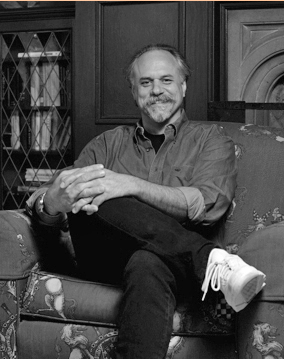 Animation Director, Illustrator and Designer J. J. Sedelmaier is well known for his work in television, commercials and print and has created animations for Saturday Night Live, Beavis & Butt-Head and Schoolhouse Rock to name a few. He and his wife Patrice Sedelmaier run J.J. Sedelmaier Productions in White Plains and are long time residents of Greenacres in Scarsdale. J.J. is creative, energetic, dynamic and fun and agreed to an interview with Scarsdale10583.com. Here is what we learned:
Animation Director, Illustrator and Designer J. J. Sedelmaier is well known for his work in television, commercials and print and has created animations for Saturday Night Live, Beavis & Butt-Head and Schoolhouse Rock to name a few. He and his wife Patrice Sedelmaier run J.J. Sedelmaier Productions in White Plains and are long time residents of Greenacres in Scarsdale. J.J. is creative, energetic, dynamic and fun and agreed to an interview with Scarsdale10583.com. Here is what we learned:
Where did you grow up and how did you develop an interest in art?
I grew up in Evanston, Illinois and spent just as much time in Chicago. Both my parents have an art background and I was endlessly encouraged to explore all things artistic. As a kid I read comic books and it was a strong bond between my dad and me. He kept his comic books from when he was a kid and I used to read those too.
Did your parents nurture your talent, and if so how?
There was always art material around me. My mom used to attend art fairs and I'd go with her. Both my parents were into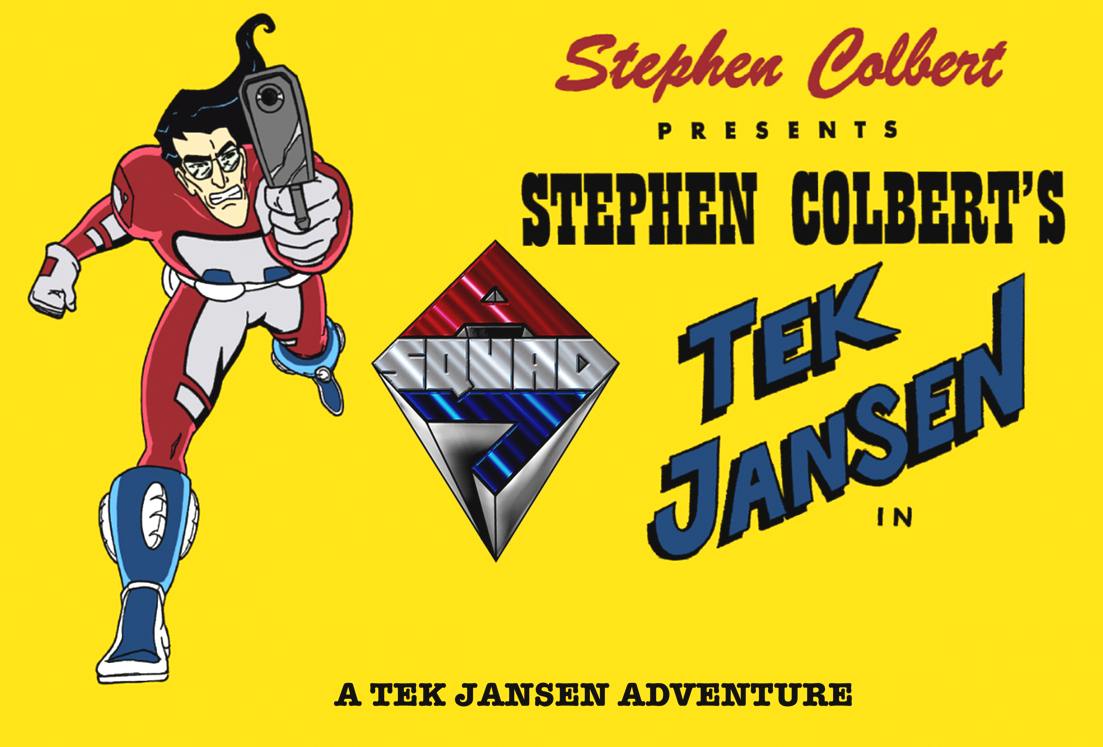 movies and film as well.
movies and film as well.
What were your activities/interests in high school and college?
Art, local history, film. . . I also worked in restaurants when I was in college and it helped me to transition into real life.
Who are some of the people who influenced you early on?
Both of my parents and a couple of teachers I had in high school and college.
How did you get into the field of animation?
I'd always drawn and was actually interested in getting into the comic book industry right out of college. I moved to New York after college, but was not encouraged by what I saw of the comic book industry. American comics in the late 1970's was a dying field. So, I decided to take my portfolio around to anyone in any related field that would spare the time to look. I had a meeting with John Anthes at Channel 13/PBS and he took a liking to me and sent me off with a list of people to see. One of those was an independent animator who took me under his wing and started feeding me work as an assistant animator. He then recommended me to a large production studio where I got a chance to work professionally on projects like "Strawberry Shortcake" and "The Berenstein Bears'. Dreadful work - but it was work and I was integrating myself into the animation industry. I freelanced for a few years and by 1984 I'd built a pretty good reputation as a dependable assistant animator. A position opened up at a studio called The Ink Tank run by a brilliant illustrator/designer, R.O. Blechman. This is where I really took off. After working there for a couple months, Blechman wanted to promote me to his producer. I had just got my fingers into actually animating and was reticent to give that up for a position that was more executive than art based. But I realized that this unique opportunity would ultimately give me more control and would open vistas in an area I hadn't had a chance to investigate yet. It could also prime me for possibly running a studio. I spent the next five years growing and absorbing more and more responsibility (as well as building a reputation as a top-notch animation producer/director), so by 1990, my wife, Patrice, and I were ready to start our own studio.
Tell us about your work – both the entertainment and commercial sides of the business.
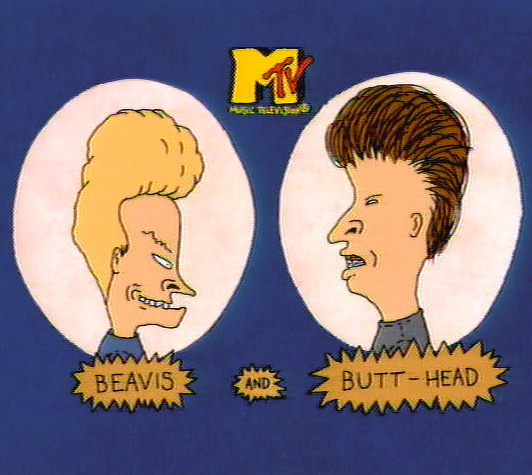 It's always been about how to use animation in the best possible way. To try and come to every project without preconceived notions or formulas. We've done work in every possible style and technique, from drawn designs to computer animation. We work with a lot of artists and illustrators that aren't animators and figure out how to translate their art into animation/film. We also help problem solve and develop strategies with both ad agencies for their ad campaigns, and with networks for their own shows. We were the studio that launched Beavis and Butthead for MTV. We co-created the Saturday TV Funhouse cartoon series (Ambiguously Gay Duo, Fun With Real Audio, etc.) with Robert Smigel for Saturday Night Live/NBC and our studio was the exclusive producer of the cartoons for the first three seasons. The Tek Jansen series on The Colbert Report came out of J.J. Sedelmaier Productions in White Plains. We recently resurrected the classic "Speedy Alka-Seltzer" icon by working with energyBBDO in Chicago, figuring out how to redesign and produce the well-known character using computer animation and live action. One of my favorite projects was when we redesigned the entire branding campaign for the Chicago Tribune that involved all aspects of its identity - TV, print, theatrical, outdoor. Being originally from the Chicago area made this especially gratifying!
It's always been about how to use animation in the best possible way. To try and come to every project without preconceived notions or formulas. We've done work in every possible style and technique, from drawn designs to computer animation. We work with a lot of artists and illustrators that aren't animators and figure out how to translate their art into animation/film. We also help problem solve and develop strategies with both ad agencies for their ad campaigns, and with networks for their own shows. We were the studio that launched Beavis and Butthead for MTV. We co-created the Saturday TV Funhouse cartoon series (Ambiguously Gay Duo, Fun With Real Audio, etc.) with Robert Smigel for Saturday Night Live/NBC and our studio was the exclusive producer of the cartoons for the first three seasons. The Tek Jansen series on The Colbert Report came out of J.J. Sedelmaier Productions in White Plains. We recently resurrected the classic "Speedy Alka-Seltzer" icon by working with energyBBDO in Chicago, figuring out how to redesign and produce the well-known character using computer animation and live action. One of my favorite projects was when we redesigned the entire branding campaign for the Chicago Tribune that involved all aspects of its identity - TV, print, theatrical, outdoor. Being originally from the Chicago area made this especially gratifying!
Do you write scripts as well as create animations?
What I can say is whenever I do a film that has no dialog, my storyboard is the "script", but normally no I don't write the scripts. I often work closely with the writers however, to punch up the scripts and make sure they're consistent with what I think the film should be, as the director.
How has the business changed since you began?
It's all influenced by technology - animation has been that way for a century. The difference now is that the digital domain 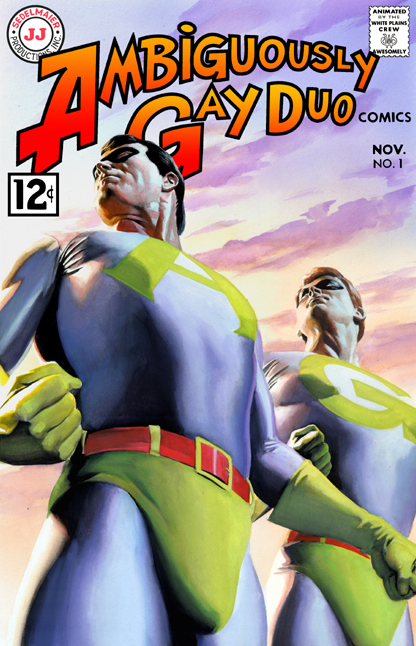 completely surrounds the entire industry and computer-generated imagery (CGI) is the favored technique. The economy has also made the advertising industry cautious and a lot of commercial projects get canceled. Young people interested in getting into animation need to have a varied background and must be versed in computer AND classic techniques if they want to work and be successful.
completely surrounds the entire industry and computer-generated imagery (CGI) is the favored technique. The economy has also made the advertising industry cautious and a lot of commercial projects get canceled. Young people interested in getting into animation need to have a varied background and must be versed in computer AND classic techniques if they want to work and be successful.
What are some of the latest technological advances that have impacted how you work?
So much is done over the internet now. There's no motion picture film - it's all data files. This is wonderful from the standpoint that you can change things at the push of a button. You used to have to draw on paper, paint on celluloid, photograph on film, develop and print the film, transfer the film to videotape. Now it's all done digitally. You can still draw (and should as much as possible) but it's on a tablet. Once the imagery enters "Digital Land" it's endlessly manipulated and refined until it's in its final form - all in the same domain.
What do you see happening in the future that will change the field?
I think the lines between animation/special effects (special effects are animation too) and live action will continue to blur - it already has so much. I don't think there's a movie released nowadays that doesn't use some form of digital effects. It's often seamlessly hidden and so well done that you don't realize it's been used.
I know you have many interests, hobbies and collections. Tell us about some of your passions.
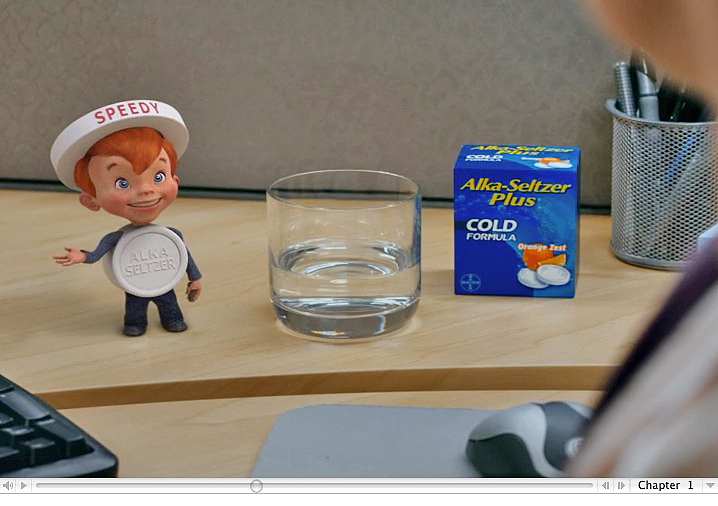 I've always been interested in history - especially when it comes to design and culture. I write for the Print Magazine blog, "Imprint" ( http://imprint.printmag.com/j-j-sedelmaier/ ) and use it to share my whacked out interests. I recently curated a show on NY animation history at the Westchester Arts Center/Jacob Burns Center that I hope to take to other venues. I've been involved with the folks that do the NY and Chicago ComicCons since they started and regularly contribute to those events. Colleges and universities bring me in to do presentations, workshops, and lectures - I really enjoy these!
I've always been interested in history - especially when it comes to design and culture. I write for the Print Magazine blog, "Imprint" ( http://imprint.printmag.com/j-j-sedelmaier/ ) and use it to share my whacked out interests. I recently curated a show on NY animation history at the Westchester Arts Center/Jacob Burns Center that I hope to take to other venues. I've been involved with the folks that do the NY and Chicago ComicCons since they started and regularly contribute to those events. Colleges and universities bring me in to do presentations, workshops, and lectures - I really enjoy these!
You also have a keen knowledge of Scarsdale history. How did that develop and what do you collect that relates to local history?
I have a tendency to become interested in any locale I spend any length of time in. I was involved with the campaign to help save the old ambulance corps NYW&B Heathcote train station. It's now a realty office and it's a gem! Our studio is in White Plains and I was so fond of our office building (The Bar Building by the Ritz-Carlton) that I got extremely involved in the efforts to get it on the National Register of Historic Places and save it from demolition. I had done the same thing in 2003 with a train station in Skokie, Illinois, close by to where I grew up. From Scarsdale I have some books, vintage postcards and an old 1920's street sign.
J.J. Sedelmaier Productions, Inc.
www.jjsedelmaier.com







